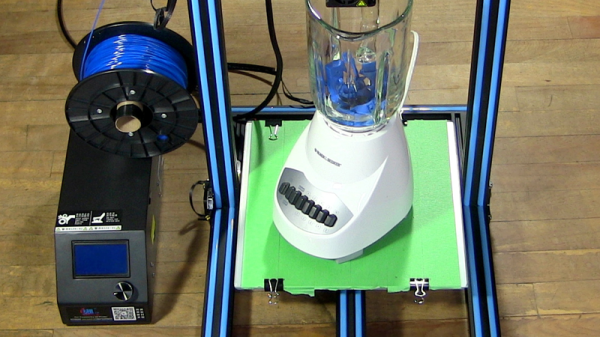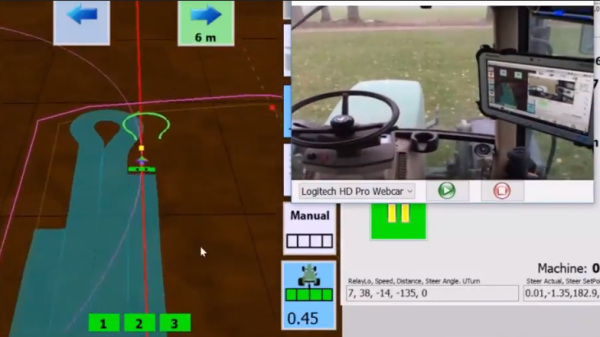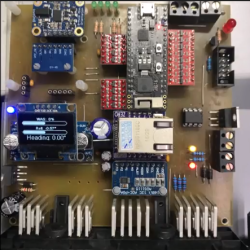Many people hear “fungus” and think of mushrooms. This is akin to hearing “trees” and thinking of apples. Fungus makes up 2% of earth’s total biomass or 10% of the non-plant biomass, and ranges from the deadly to the delicious. This lecture by [Justin Atkin] of [The Thought Emporium] is slightly shorter than a college class period but is like a whole semester’s worth of tidbits, and the lab section is about growing something (potentially) edible rather than a mere demonstration. The video can also be found below the break.
Let’s start with the lab where we learn to grow fungus in a mason jar on purpose for a change. The ingredient list is simple.
- 2 parts vermiculite
- 1 part brown rice flour
- 1 part water
- Spore syringe
Combine, sterilize, cool, inoculate, and wait. We get distracted when cool things are happening so shopping around for these items was definitely hampered by listening to the lecture portion of the video.

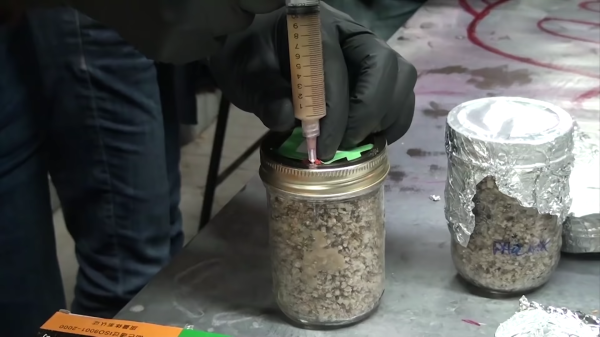
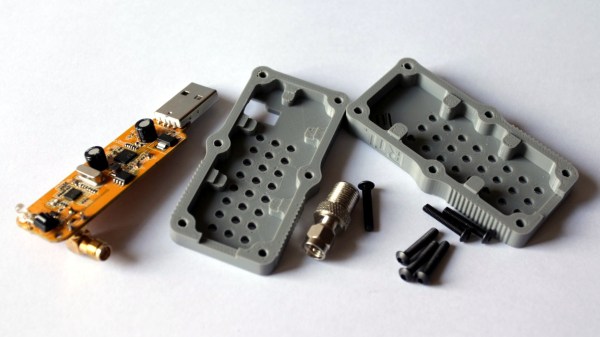
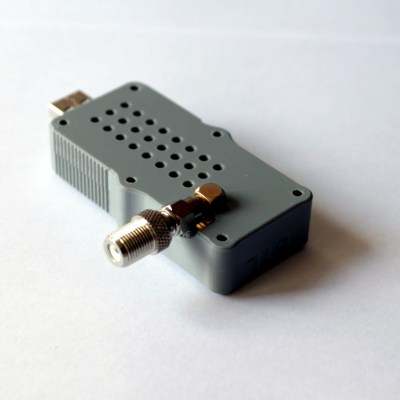

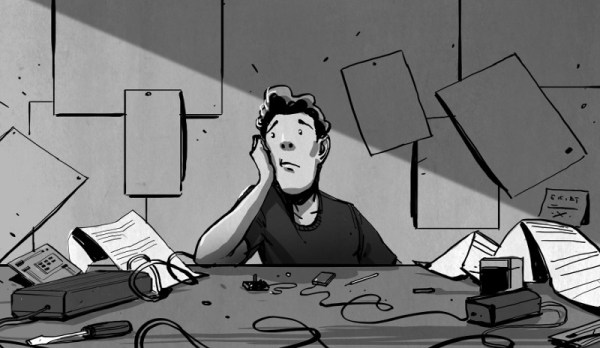

 [William] acknowledges that the build is a bit of a hack job, but the project page does a good job of documenting his build process and covering the kinds of decisions involved in interfacing to a separate piece of hardware. After all, most budding hackers have sooner or later asked themselves “how do I make my gadget press a button on this other thing?” [William] ends up using a small relay to close the connection between the traces for the B button when triggered by a microphone module, but he points out that it should be possible to do a non-destructive version of the mod. Examples exist of
[William] acknowledges that the build is a bit of a hack job, but the project page does a good job of documenting his build process and covering the kinds of decisions involved in interfacing to a separate piece of hardware. After all, most budding hackers have sooner or later asked themselves “how do I make my gadget press a button on this other thing?” [William] ends up using a small relay to close the connection between the traces for the B button when triggered by a microphone module, but he points out that it should be possible to do a non-destructive version of the mod. Examples exist of 